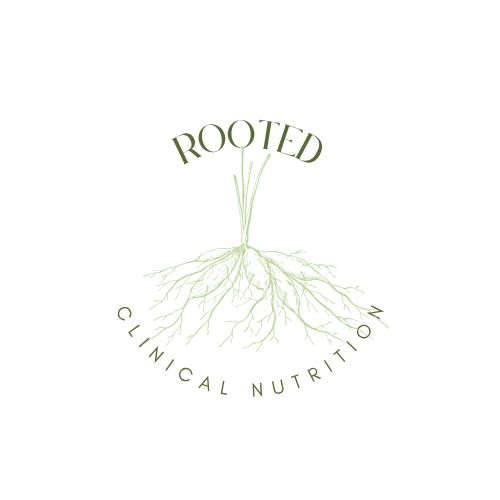Infant Nutrition: 6 to 12 Months
At 6 to 12 months of age it is important to start introducing complementary foods while continuing to breastfeed up to 2 years old, as recommended by the World Health organization. This is also the period when feeding skills and healthy eating patterns are being established. Adding new foods with a variety of textures, flavors, temperatures, and colors into your baby’s diet will promote healthy food choices later in life and reduce the chances of becoming a “picky eater.” It is also important to start introducing the top food allergens (egg, peanuts, shellfish, fish, milk, tree nuts, wheat, soybeans) one week at a time to reduce the risk of developing food allergies.
Starting Solids
At 6 months, parents can start introducing complementary foods along with breast milk or infant formula. The infant digestive system should be able to process solid foods at this point. It is important to pay attention to the signs that your baby is ready to eat solids like sitting up well with minimal support, can control head on their own and is interested in food, and consult your pediatrician. Pureed foods and packaged baby food do not have to be purchased at the store and can be made at home. The addition of salt and sugar to baby food is unnecessary and can be dangerous. It is important to pay attention to satiety cues and not overfeed your baby as this can lead to overfeeding patterns in the future and extra weight gain. Portion sizes should be controlled by your baby’s appetite.
Baby Led Weaning
Baby led weaning is a way to introduce solids with finger foods to your baby and allowing them to feed themself. While breastfeeding or formula feeding, introduce one new food per day and gradually increase. Foods like avocado slices, soft cooked apples, carrots, pumpkin, sweet potato, and bananas that your child can pick up and hold and bring to their mouths will increase curiosity and independent feeding habits in the future. Research has shown that baby led weaning resulted in lower food fussiness, higher food enjoyment, lower food responsiveness, and higher satiety responsiveness. Avoid high risk choking foods and always supervise your baby while they are exploring. There are many resources for baby led weaning, Solid Starts is an online website and app that provides a lot of great information and food recommendations: https://solidstarts.com/
-
5 to 9 Months
Reaches for spoon or food
Points to food
8 to 11 Months
Reaches for food
Points to food
Gets excited when food is presented
10 to 12 Months
Expresses want for specific foods with either words or sounds
-
5 to 9 Months
Eatings slows down
Pushes food away
8 to 11 Months
Eating slows down
Clenches mouth shut or pushes food away
10 to 12 Months
Shakes head to express “no more”
-
Speech Language Pathologist, SLP
Occupational Therapist, OT
References
Breastfeeding. World Health Organization. Accessed June 9, 2024. https://www.who.int/health-topics/breastfeeding#tab=tab_2
Brown, J. Nutrition Through the Life Cycle. 7th Ed. Cengage; 2020.
DiFrancesco, T. Module 4 Live Session. Recorded Lecture. SonoranInstructure. Accessed June 9, 2024. https://scnm.hosted.panopto.com/Panopto/Pages/Viewer.aspx?id=375a17cd-64c1-477d-a78a-b178017e0c24&start=0.13207
Boswell N. Complementary Feeding Methods-A Review of the Benefits and Risks. Int J Environ Res Public Health. 2021;18(13):7165. Published 2021 Jul 4. doi:10.3390/ijerph18137165

